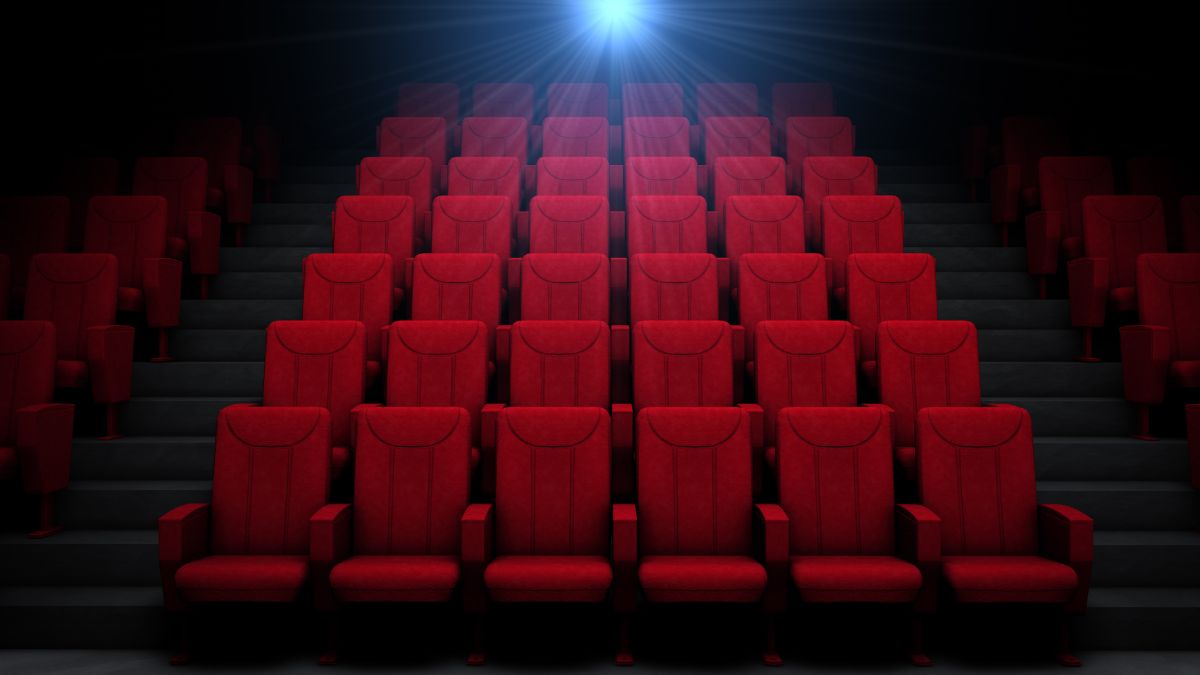Gone with the Wind: An Epic of the 1930s
Gone with the Wind: An Epic of the 1930s
Censorship and Controversy: Balancing Art and Ethics

Censorship and Controversy: Balancing Art and Ethics
In the sprawling tapestry of human expression, where the vivid threads of art and culture interlace with the stark lines of morality and ethics, there exists a contentious battleground that has stirred hearts and minds for centuries. This is the domain of censorship and controversy, a realm where the impassioned soul of creativity clashes with the judicious hand of societal norms, sparking a debate that is as ancient as it is awestruckingly relevant today.
Imagine, if you will, a world brimming with artistic endeavors, a kaleidoscope of visions and voices that stretch the very fabric of imagination. From the provocative brush strokes of a Renaissance painter to the bold lines of a modern-day graphic novelist, art in all its forms has the power to challenge, to provoke, to inspire. Yet, lurking in the shadows of this vibrant landscape is the specter of censorship, a force that seeks to trim, to shape, to silence.
The dance between art and ethics is a delicate one, fraught with questions that pierce the heart of what it means to be a society. What is the balance between freedom of expression and the protection of community values? Where does one draw the line between artistic liberty and ethical responsibility? These are the questions that echo through the halls of museums, the pages of literature, and the frames of films, resonating with a fervor that is both awe-inspiring and deeply troubling.
Consider the case of a controversial artwork, a piece that challenges the viewer to confront uncomfortable truths, to question long-held beliefs. To some, it is a masterpiece, a mirror reflecting the complexities of the human condition. To others, it is a provocation, an affront to decency and moral order. Herein lies the crux of the debate: the tension between the artist’s right to express and the community’s right to protect its cultural and moral fabric.
The stories of censorship and controversy are as varied as they are compelling. From the banning of literary classics that dared to defy social norms, to the uproar over provocative performances that questioned political authority, each instance serves as a testament to the turbulent relationship between art and ethics. These are not merely tales of suppression but are, in essence, narratives of resistance and resilience, of art’s enduring power to push boundaries and ignite change.
In navigating the treacherous waters of censorship and controversy, society must wield a scalpel, not a sledgehammer. It requires a nuanced understanding that recognizes the intrinsic value of artistic expression while acknowledging the legitimate concerns of ethical and moral boundaries. The goal should not be to stifle creativity but to foster a dialogue, a conversation that enriches both the artist and the audience, elevating the discourse to realms previously unimagined.
As we stand at the crossroads of censorship and controversy, we are reminded of the awe-inspiring resilience of the human spirit, of its unyielding quest for expression against the odds. In this eternal dance, we find not only the limits of our tolerance but also the boundless possibilities of our imagination. For in the heart of this debate lies the very essence of what it means to be human: the ceaseless desire to create, to explore, to understand.
In the end, the balancing act between art and ethics is a testament to our collective journey, a reflection of our struggles and triumphs in the pursuit of truth and beauty. It is a story that continues to unfold, as awe-inspiring as it is complex, challenging us to question, to reflect, and ultimately, to grow.